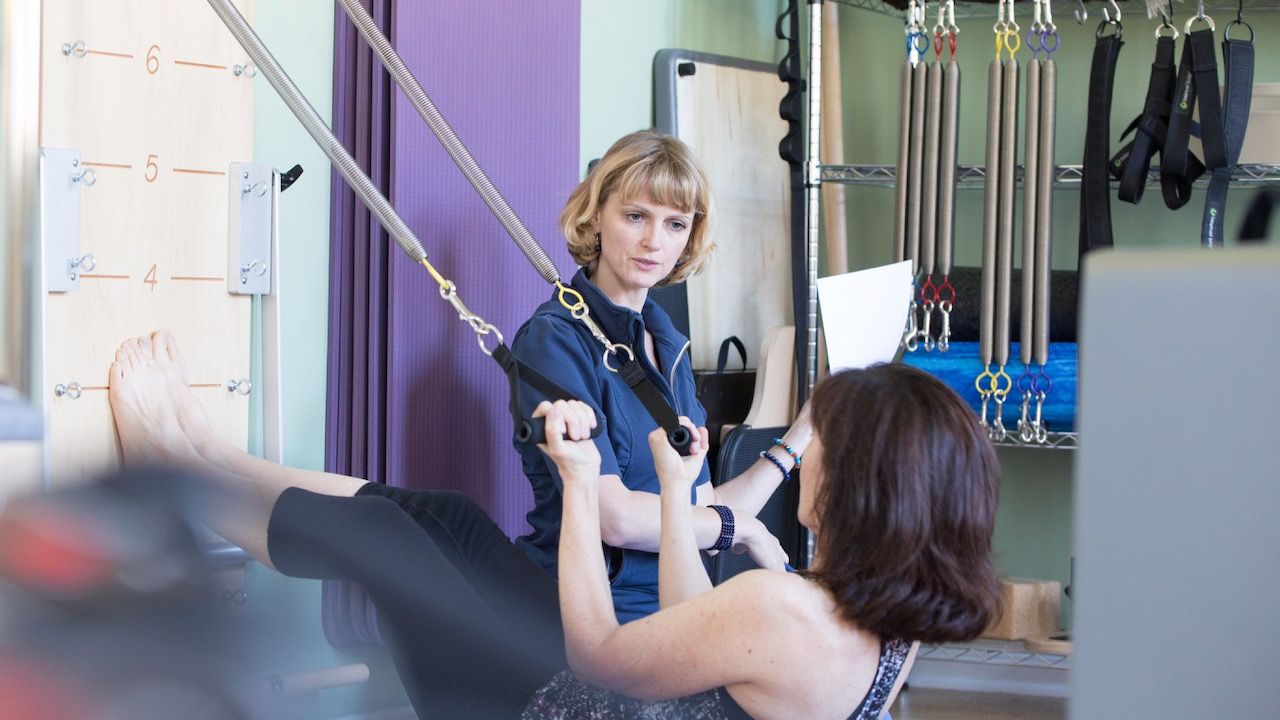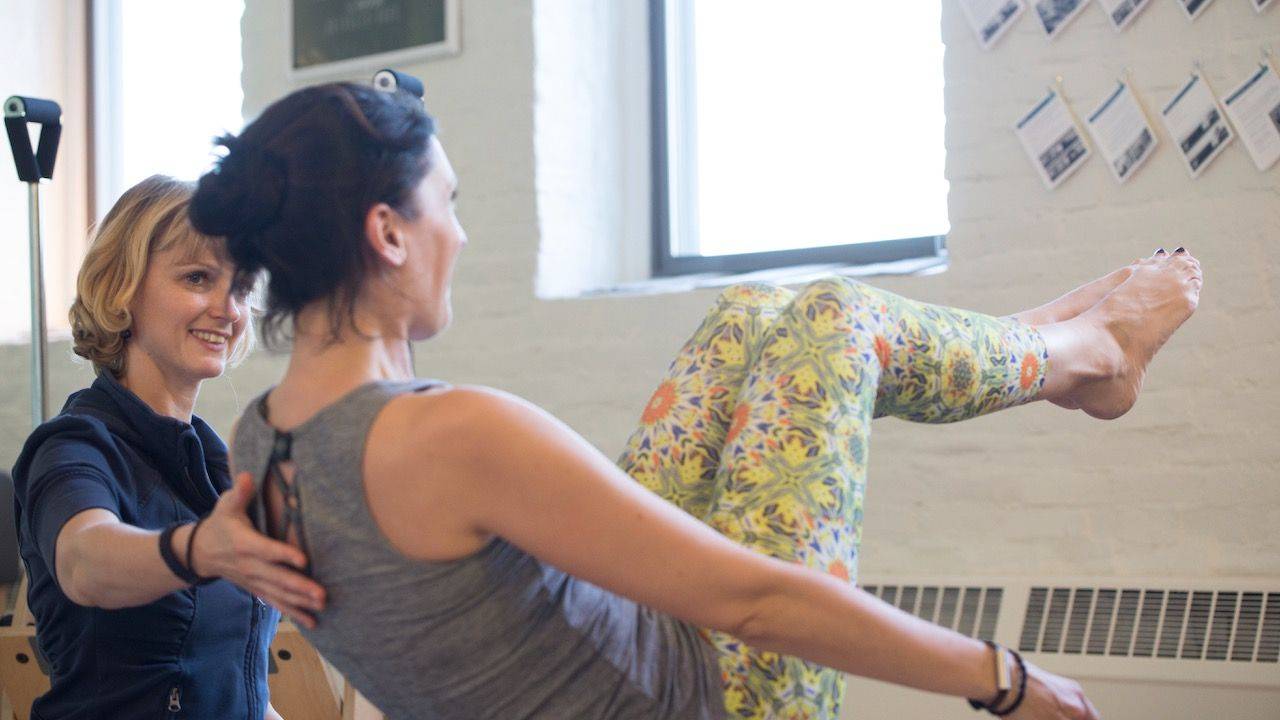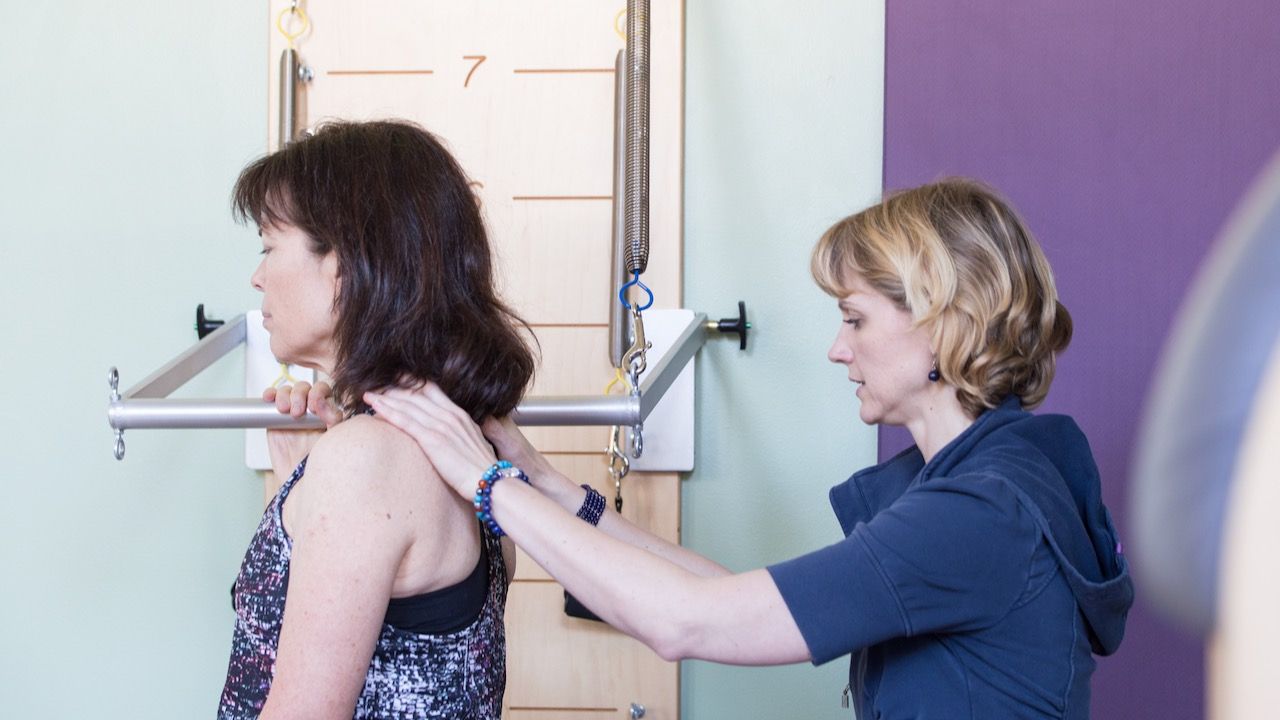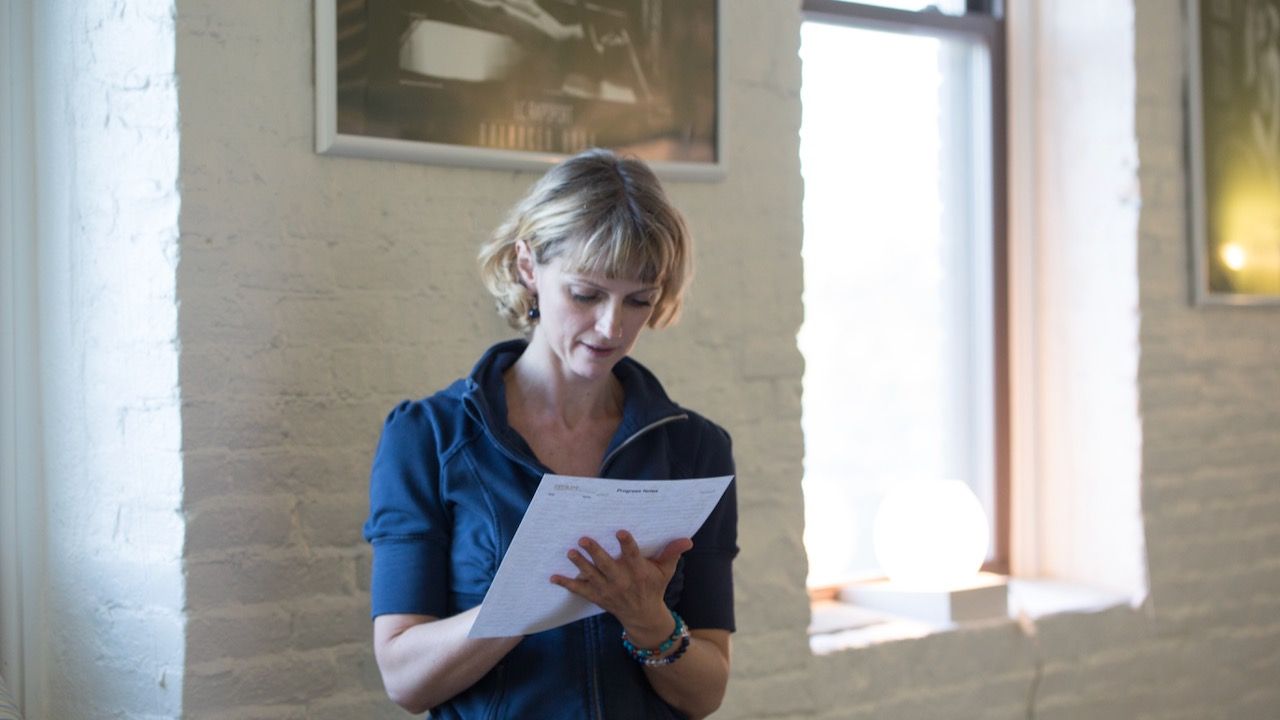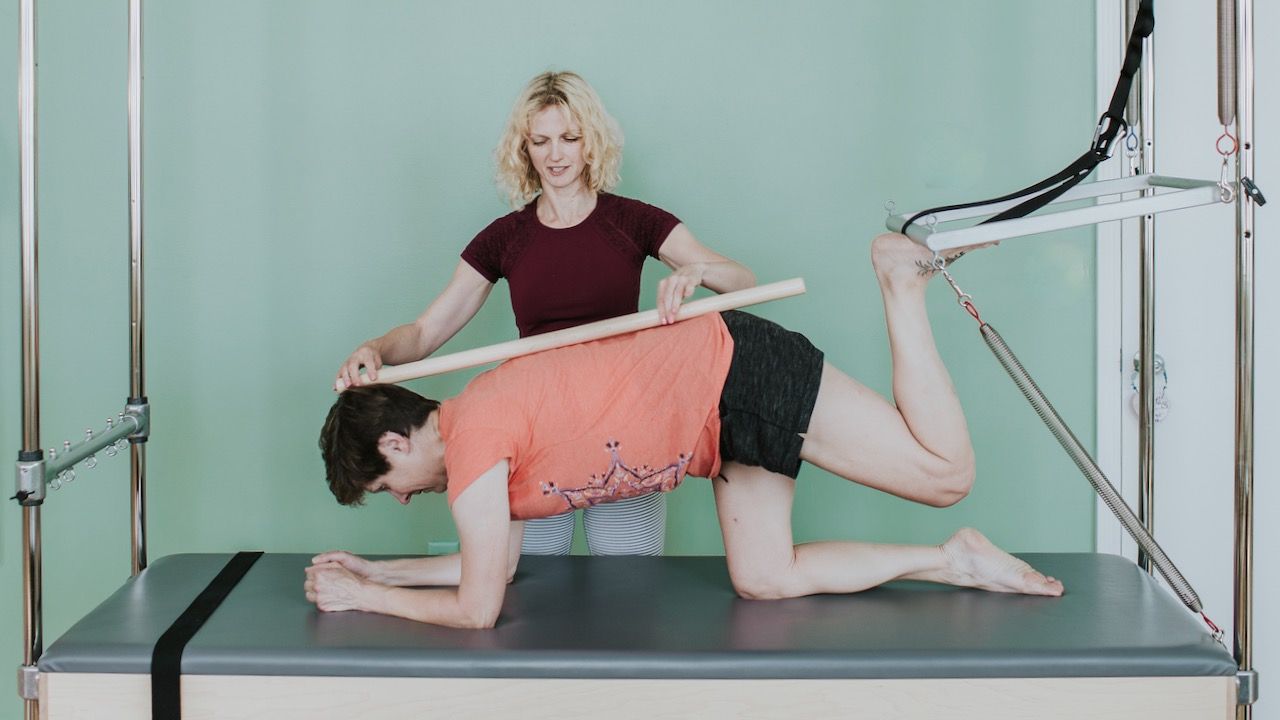
How to Lift Your Arms (Using Scapulohumeral Rhythm)
Jun 05, 2019Should you keep your shoulders down when raising your arms overhead?
Careful, this might be a trick question.
Your initial respone might have been. Yeah, duh! Of course! Shoulders should never by up by your ears.
Weeeeeellllllll........
Overhead arm movement might be a bit more complicated than you think.
Understanding what happens to your shoulder blades, shoulder socket, and arm bone when your arms lift can help us move with ease and efficiency. But more importantly, it can be a very effective way to relieve neck tension.
Shoulder Flexion and Shoulder Abduction
There are two general directions when lifting your arms:
- Out to the sides which is called shoulder abduction, and
- Forward and up which is called shoulder flexion.
Of course, there are many in-between possibilities, like lifting your arms in a V-position. That's basically shoulder flexion with a certain degree of abduction. In one word, a combo!
So where does the movement happen when you lift your arm above shoulder height?
Your arm bone (humerus) moves up, right? Right!
Anything else?
Ehm....
Your shoulder joint is not just one joint.
The Glenohumeral Joint
What we normally call "shoulder joint" is your glenohumeral joint. It's where your humerus (arm bone) meets the shoulder socket which is called the glenoid fossa which is part of your scapula. This means the shoulder socket is part of your scapula.
The scapula can move in all kinds of directions: abduction (aka protraction), adduction (aka retraction), elevation, depression, upward rotation, and downward rotation.
Your scapula is having a party! It's rocking and rolling and floating around the back of your upper rib cage.
How does your shoulder blade stay on your back?
With muscles above and below, on the inside and the outside. Imagine a spider sitting in the center of its web with silk stretching out in every direction. That's a bit like what's going on with your shoulder blade.
Since your scapula and your humerus are connected, when your humerus moves, your shoulder blade will, too. It will rotate upwards (in the same direction your arm moves).
Imagine a wrench. When the handle of the wrench moves, the screw moves.
Specifically, your shoulder blade rotates 1 degree for every 2 degrees of glenohumeral movement (after the initial 30 degrees, where only your GH joint moves).
Correct and Incorrect Cues For Shoulder Flexion and Abduction
So let me bring it home. Why does this even matter?
Because most of us have heard (and said) a million times "pull your shoulders down", or "drop your shoulders" or "shoulders away from your ears".
While this cue is absolutely correct when your arms are down by your side, it is an incorrect cue when your arms move above shoulder height.
Then we need to allow the shoulder (blade) to move with the arm, just a little bit.
Of course, we don't want our ears up by our shoulders. But also don't want them all the way down. We need to find a middle path. Just enough, not too much.
It would be so much easier if it were simply black and white. But in movement (as in every other worthwhile topic), there are endless grey zones.
So what do you do?
- Stop using the cue "shoulders down" when the arms move above shoulder height. That alone might cause many people to do the right thing subconsciously.
- Observe your student (or yourself):
- a. If you see elevation (lifting of the scapula straight up and the neck area looks very short, compressed and uncomfortable, then cue "relax your shoulders and neck". That will get rid of the excess tension without preventing normal rotation.
- b. If your collar bones look horizontal and your student's neck looks extremely long and there is a huge gap between the top of the shoulder, the ear, and the arm, then say "don't force the shoulder down, let it move with your arm a little bit".
A side effect of overdepression (locking the shoulder blade during arm movement) is an extension of the upper spine, the opening of the rib arch, and a resulting loss of abdominal integration. 😲
On top of the shoulder complex, it causes your neck muscles to be stretched too long which reduces cervical range of motion and the all too familiar neck stiffness.
I know it's easier to follow with a visual, here is a video for you:
After practicing the isolated arm movement (my favorite exercise is Reach + Shrug and you'll find a tutorial for it inside the Pilates Encyclopedia member library), then we can move on to using this movement skill in exercises such as:
- Swimming
- Seated Push Through on the Cadillac
- Elephant and Long Stretch
- Kneeling Abdominals Front on the Reformer
- Arm Arcs and Dead Bugs
- Swan on the Trapeze Table
- Swan From The Floor on the Chair
- and many more.
Get support with your day-to-day teaching challenges
Ready to Teach Pilates with Clarity and Confidence?
Sign up to receive my weekly email newsletter. It's jam-packed with Pilates articles, videos, exercise tutorials and teaching tips.
Only super valuable stuff here. No spam ever. Unsubscribe any time.








